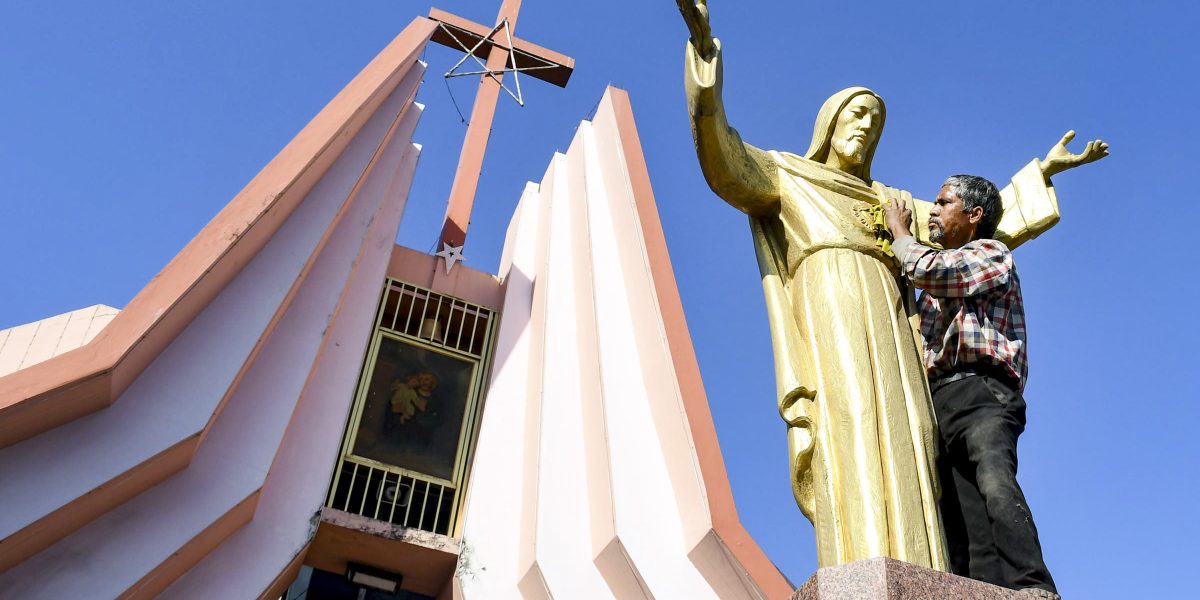
Ladakh, a territory at the northern end of India, is so high up in the clouds that those arriving by plane are advised to stay in bed for the first 24 hours, to acclimatise to the thin air. Outside Leh, the main settlement, it is a place of Buddhist monasteries, vast skies and empty expanses scattered over 59,000 sq km of high-altitude desert and mountains. On all sides are towering peaks—the Himalayas, Karakoram, Ladakh and Zanskar—shielding it from China, Pakistan and the rest of India. Before a gruesome clash between Indian and Chinese forces along the disputed border in 2020, it was a place so remote and so unreal that it was easy to forget it existed.
That was, for Ladakhis, the problem. Until a few years ago, Ladakh was one of three regions in the state of Jammu and Kashmir, which is home to 12.5m people. But national governments focused on Kashmir, the Muslim-majority, militant-ridden part of the state. Even politicians in Srinagar, the state capital (in the Kashmir region), paid little attention to Ladakh’s 300,000 people. And when the government in Delhi clamped down on the state in the name of fighting terrorists—cutting off all internet, for example—Ladakhis suffered too, locals complained.
This story was originally published in economist.com. Read the full story here





